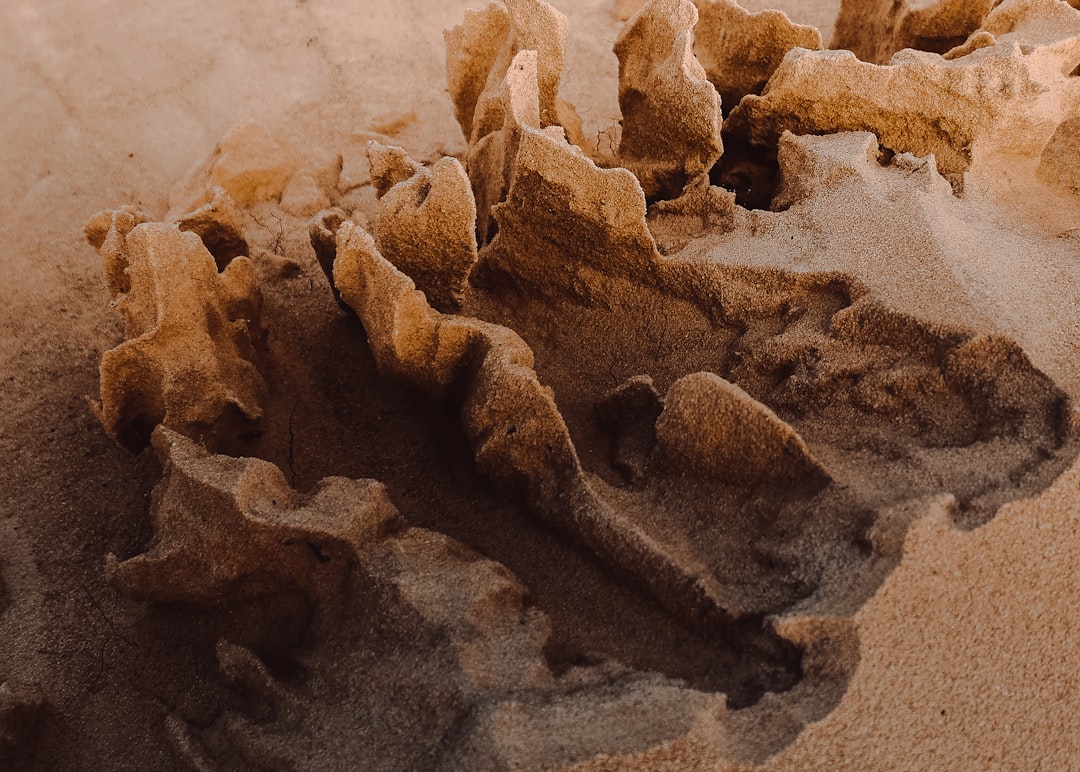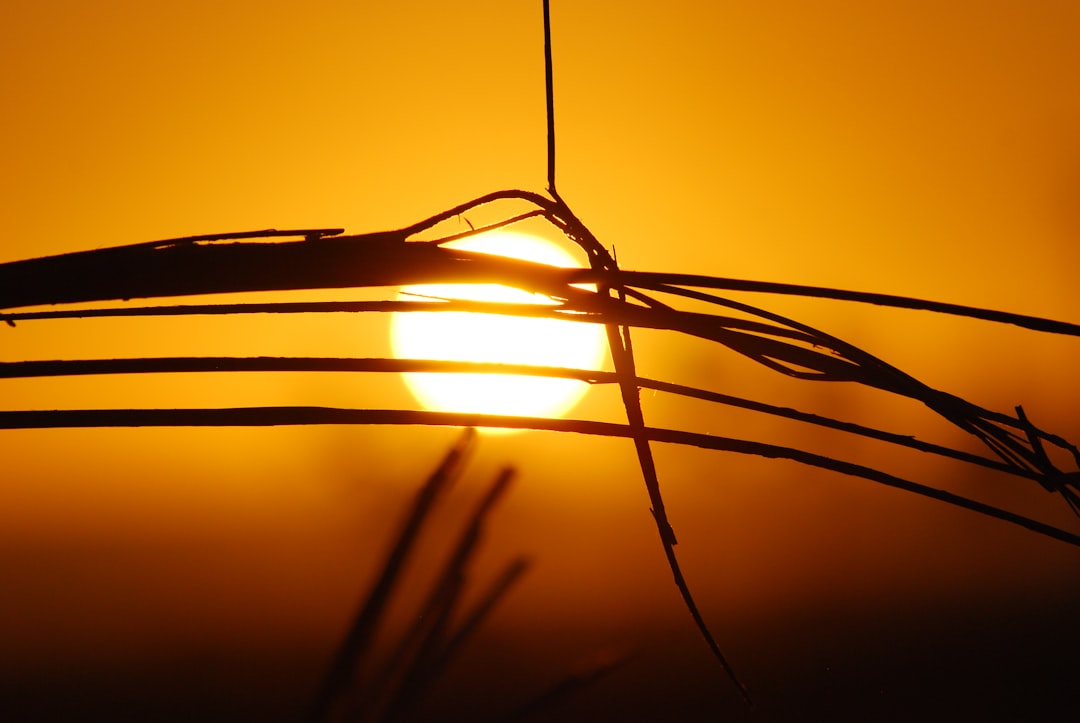What is it about?
To understand how the crust in Oklahoma was created we require information from the deepest, oldest part of the crust. Waves generated by earthquakes can be used to image the Earth's crust. The farther these waves travel, more noise is added to the data. Our technique minimizes the noise and enhances the signal observed even at stations that are greater than 200 km away from the earthquake source. This helps in deriving rock properties for the deepest part of the Earth's crust. Oklahoma has recently seen an exponential increase in the number of earthquakes due to oil and gas production activities. Spatially, they cover a large area in central Oklahoma, thus providing dense subsurface information in this region. We use these earthquakes and apply our technique to derive velocities of the Primary waves (P-waves) within the crust. We observe velocity variations that indicate intrusive structures in the upper crust. We also observe high P-wave velocities for the lower crust which indicates that the crust is composed of high-density material. Our 3-D P-wave velocity model provides insights into the nature of the crust and also gives a deeper and more detailed picture of the regional crustal structures in Oklahoma.
Featured Image

Photo by Zbynek Burival on Unsplash
Why is it important?
We present a unique technique that can be used to develop deep crustal seismic velocity models using shallow local earthquakes. Seismic velocity models are used to assess the lithology of the crust and are also hugely important for earthquake location estimates. Deep crustal lithology can help us in determining the crustal processes that shaped the present day basement rocks of Oklahoma. Earthquake location estimations from an improved velocity model can help us map previously unmapped seismically active fault structures which can help us better assess the hazard in the region.
Perspectives
This is my first first-author paper and it was a great learning experience going through the review process. I hope this article provides a summary for existing hypothesis for the evolution of Oklahoma's crust and provide newer insights through the new P-wave velocity model for the crust. I hope researchers would use this new seismic velocity model for earthquake relocation and for developing higher resolution models for the region.
Pranshu Ratre
University of Oklahoma
Read the Original
This page is a summary of: Imaging the Deep Crustal Structure of Central Oklahoma Using Stacking and Inversion of Local Earthquake Waveforms, Journal of Geophysical Research Solid Earth, May 2021, American Geophysical Union (AGU),
DOI: 10.1029/2020jb021368.
You can read the full text:
Resources
Contributors
The following have contributed to this page










